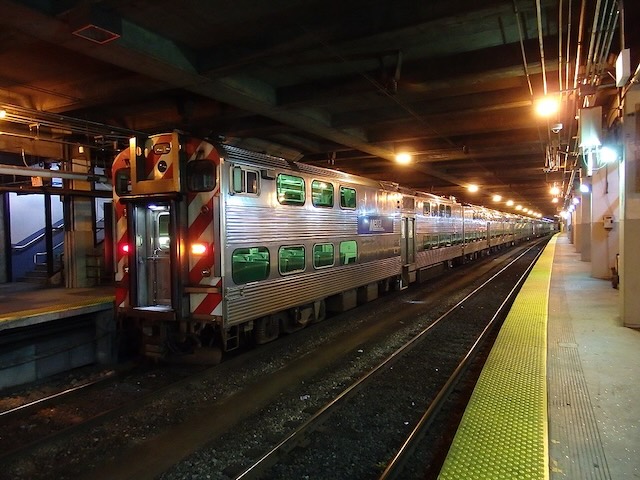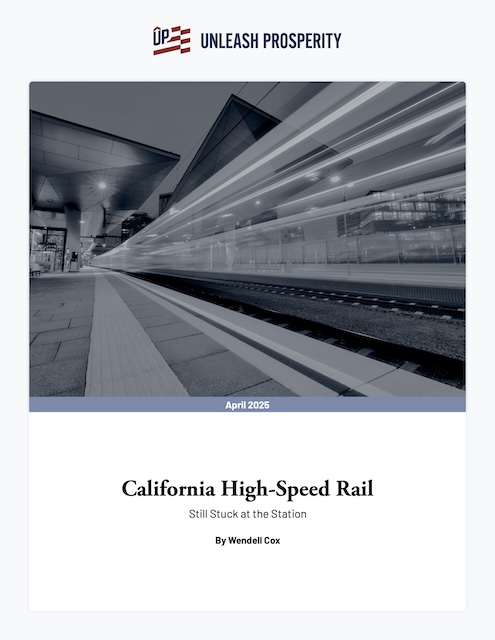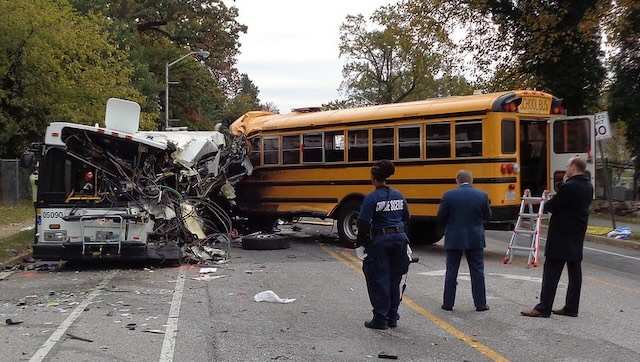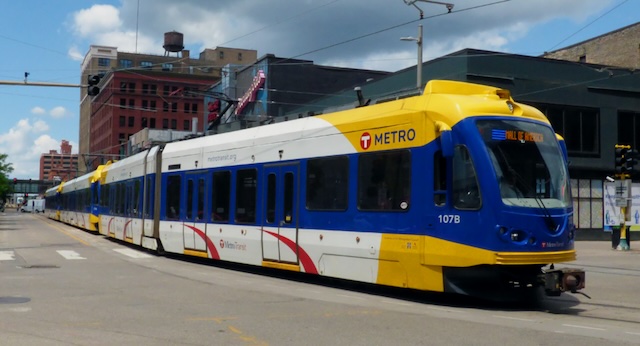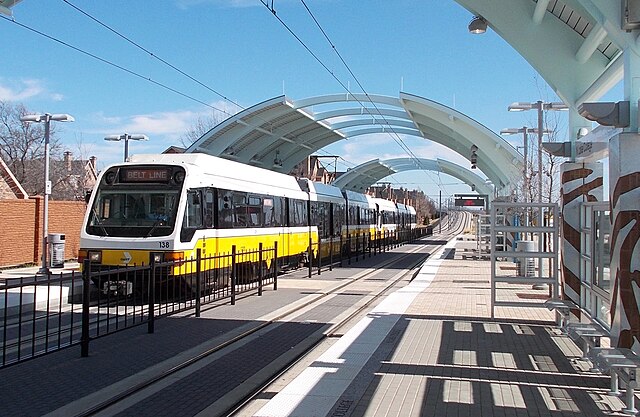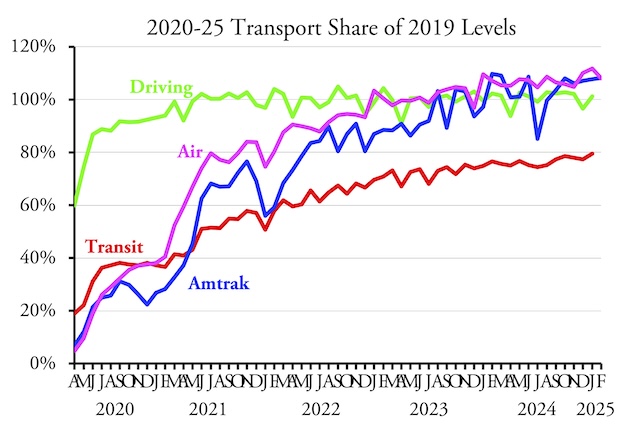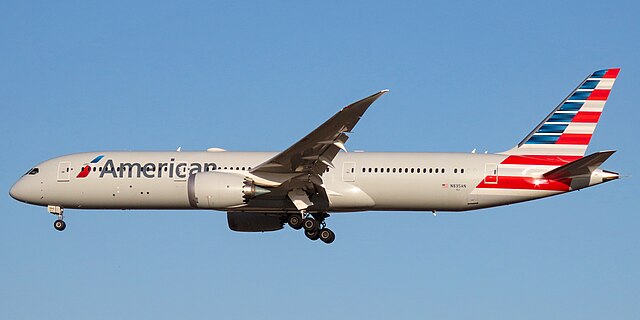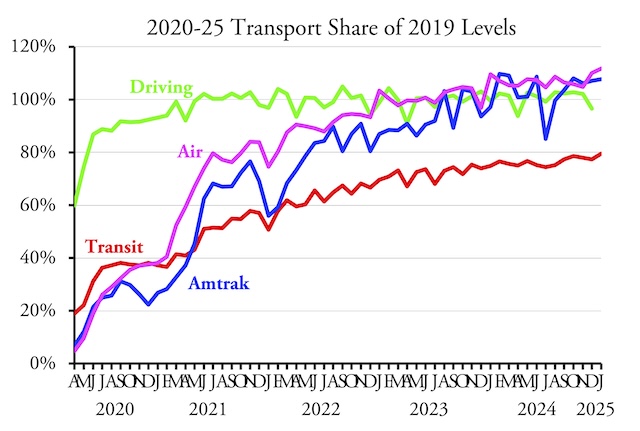Transit’s fiscal cliff is the responsibility of transit agencies, advises the Chicago Tribune, and transit riders, taxpayers, and legislators should not be panicked into giving the agencies huge amounts of money to make up for this supposed crisis. Noting that Metra (Chicago’s commuter-rail agency) is paying its lobbyist more than $4.6 million to get more funding from the state, the Tribune suggests that money would have been better spent operating trains.
The fiscal picture for Chicago transit service is dim, but whose fault is that? Photo by ????.
The Tribune refers readers to a McKinsey report released last December that points out that many transit agencies are wildly inefficient. Some agencies spend three times as much, per vehicle revenue hour, operating buses as others. McKinsey also found “little correlation” between the amount of money agencies spent on capital improvements and their performance. Continue reading

